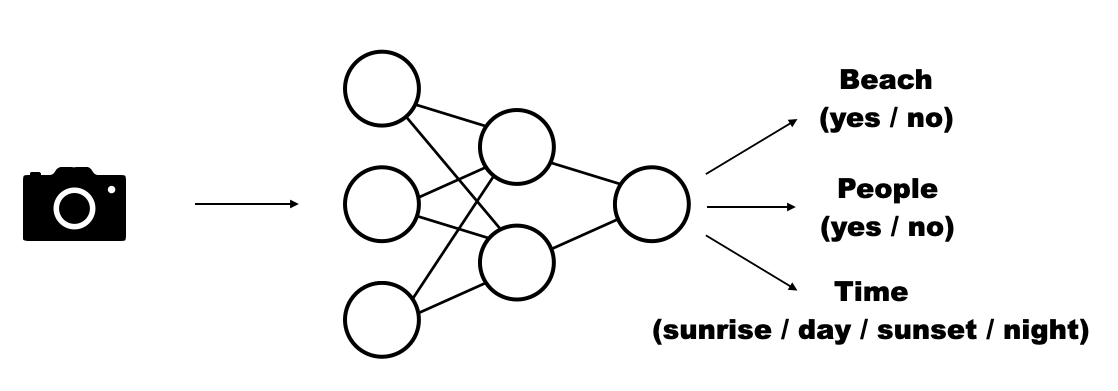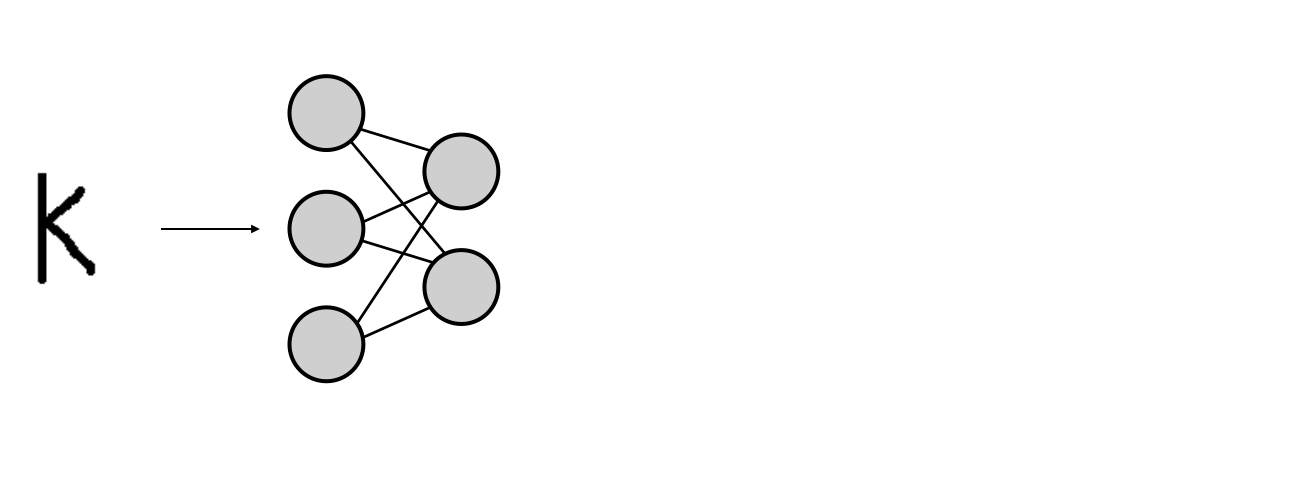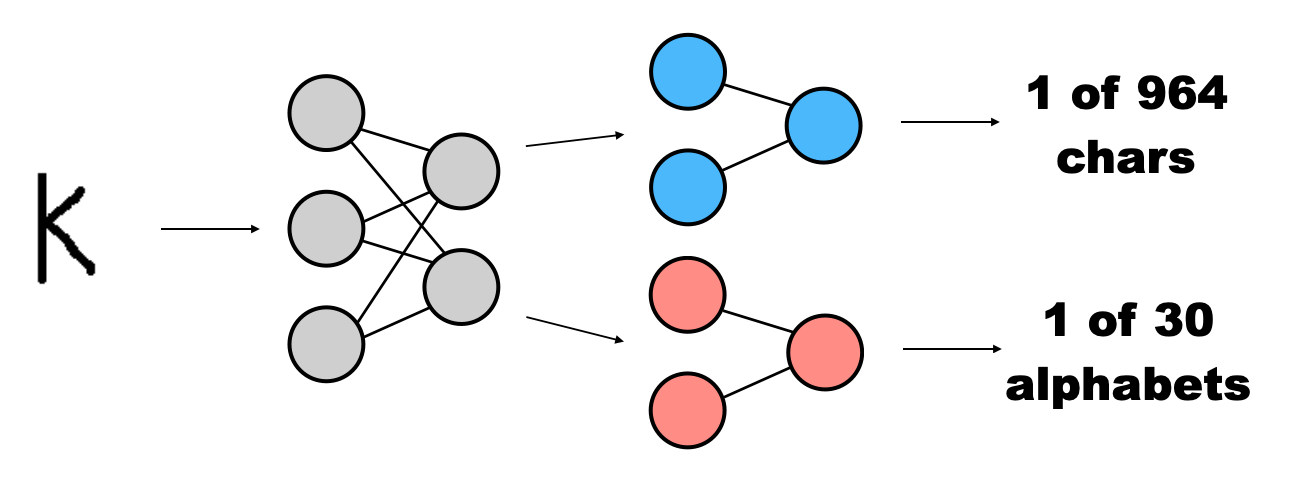Multi-output models
Intermediate Deep Learning with PyTorch

Michal Oleszak
Machine Learning Engineer
Why multi-output?
Multi-task learning

Multi-label classification

Regularization

Character and alphabet classification

Character and alphabet classification

Two-output Dataset
class OmniglotDataset(Dataset):
def __init__(self, transform, samples):
self.transform = transform
self.samples = samples
def __len__(self):
return len(self.samples)
def __getitem__(self, idx):
img_path, alphabet, label = \
self.samples[idx]
img = Image.open(img_path).convert('L')
img = self.transform(img)
return img, alphabet, label
- We can use the same Dataset...
- ...with updated samples:
print(samples[0])
[(
'omniglot_train/.../0459_14.png',
0,
0,
)]
Two-output architecture
class Net(nn.Module): def __init__(self, num_alpha, num_char): super().__init__() self.image_layer = nn.Sequential( nn.Conv2d(1, 16, kernel_size=3, padding=1), nn.MaxPool2d(kernel_size=2), nn.ELU(), nn.Flatten(), nn.Linear(16*32*32, 128) )self.classifier_alpha = nn.Linear(128, 30) self.classifier_char = nn.Linear(128, 964)def forward(self, x): x_image = self.image_layer(x)output_alpha = self.classifier_alpha(x_image) output_char = self.classifier_char(x_image)return output_alpha, output_char
- Define image-processing sub-network
- Define output-specific classifiers
- Pass image through dedicated sub-network
- Pass the result through each output layer
- Return both outputs
Training loop
for epoch in range(10): for images, labels_alpha, labels_char \ in dataloader_train: optimizer.zero_grad() outputs_alpha, outputs_char = net(images)loss_alpha = criterion( outputs_alpha, labels_alpha ) loss_char = criterion( outputs_char, labels_char )loss = loss_alpha + loss_charloss.backward() optimizer.step()
- Model produces two outputs
- Calculate loss for each output
- Combine the losses to one total loss
- Backprop and optimize with the total loss
Let's practice!
Intermediate Deep Learning with PyTorch

